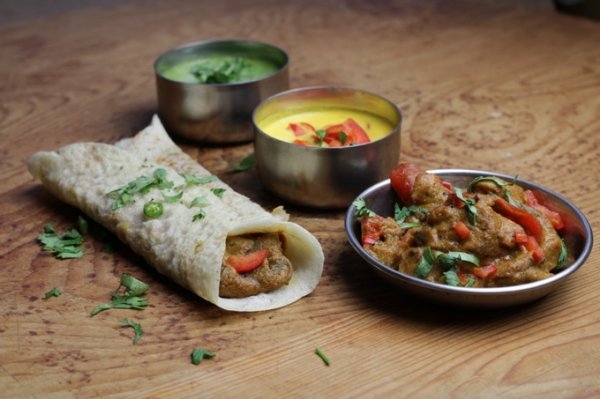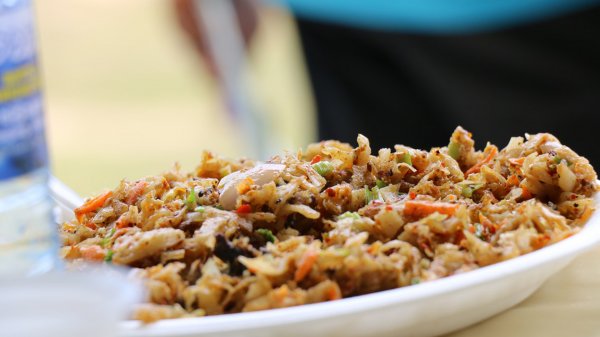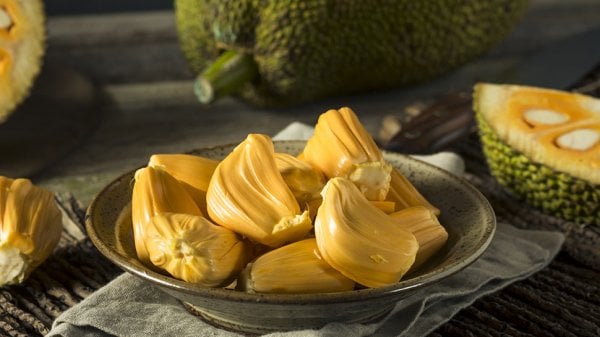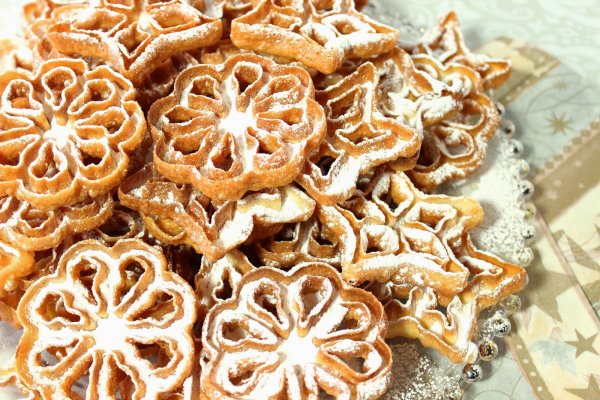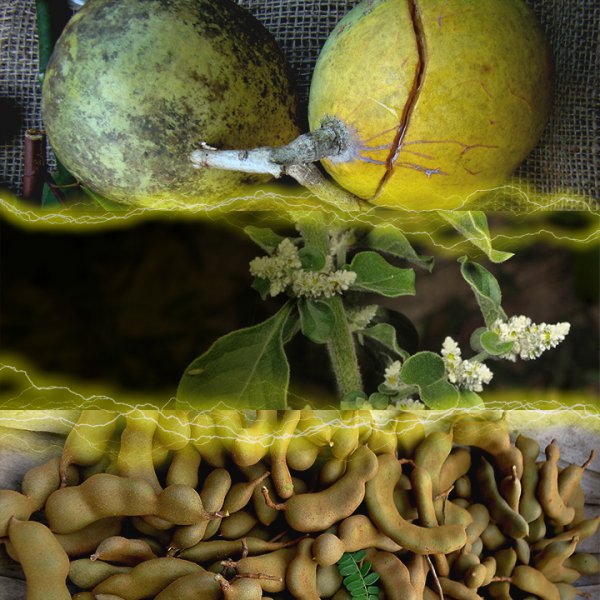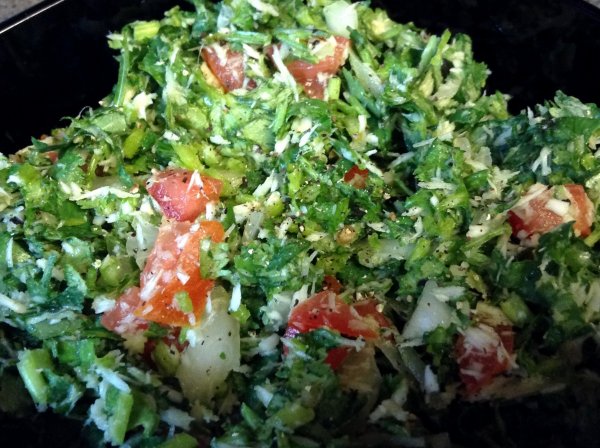
Not everyone knows this, but Sri Lanka is home to as many as 200 varieties of edible green leaves, some of which are exclusive to the island. As far as leafy greens are concerned, the island has so much more to offer than the usual gotukola, nivithi, mukunuwenna and kankun often found in local supermarkets. There are, in fact, some leaves that are so alien to us that we wouldn’t even know what dishes to use them in.
Roar spoke to nutritionist Roshan Dela Bandara, affiliated to the Nutrition Society of Sri Lanka, who explained that these lesser-known edible leaves which grow in Sri Lanka have a lot to offer in terms of nutritional value, and that they contain high amounts of dietary fibre, vitamins, and minerals. Some of them even have the added health benefits of preventing and curing various diseases and health conditions, like diabetes and cholesterol.
Sadly, because the leaves are not widely available in urban areas, there is a lack of awareness about them—which also means that the urban population is missing out on the health benefits these leaves offer. Here’s a look at some of the lesser known varieties of edible leaves in Sri Lanka and the health benefits they offer.
Kohila – Lasia (Lasia spinosa)
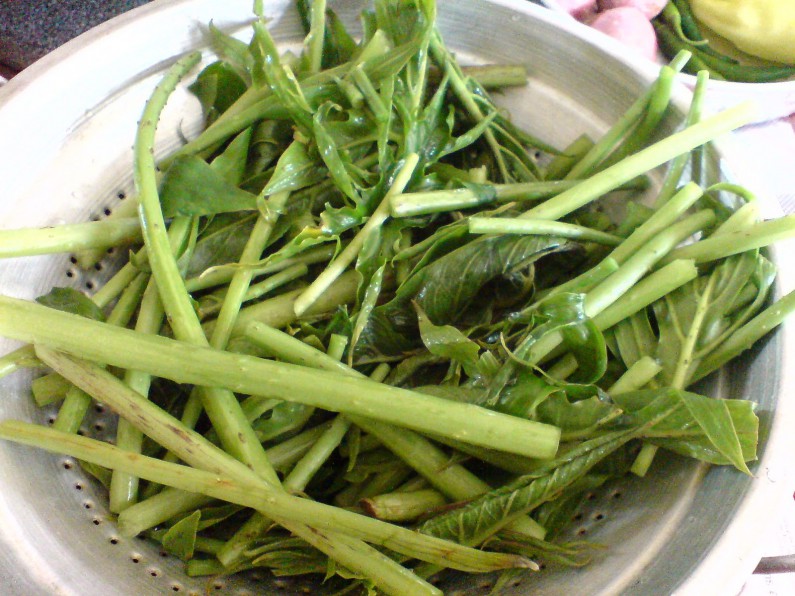
Kohila is supposed to be very good for digestion. Image courtesy: nihariscookbook.com
This is a herb common in marshlands and near ponds and lakes. It has a thorny stem and thick leaves. The kohila dalu or the young, tender leaves of the kohila plant are the best to eat as they have a lot of flavour and they can be eaten as a curry or stir fry.
According to Dela Bandara, kohila leaves are good for digestion and can help reduce the risk of diseases of the digestive system because they are a good source of fibre. Kohila is also good for those who suffer from diabetes and high cholesterol, because it has properties that help reduce the body’s absorption of excess fats and sugar. Aside from this, the leaves are also rich in iron as well as several types of vitamins and minerals.
Anguna – Sneezing silk (Wattakaka volubilis/Dregea volubilis)
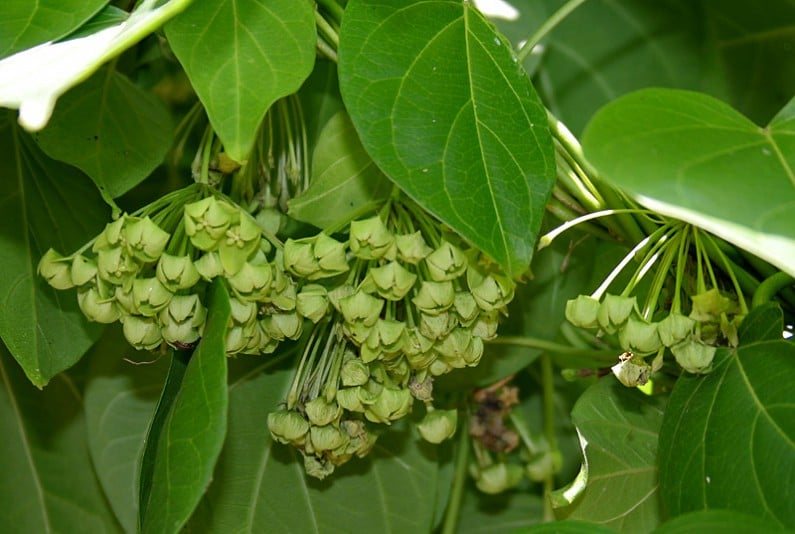
Dregea volubilis. Image courtesy Wikipedia
There are two varieties of anguna that can be consumed: kiri anguna (Wattakaka volubilis) and thiththa anguna (Dregea volubilis). They are climbing plants that grow mostly in dry lowlands and have leathery leaves. The leaves of the kiri anguna plant are somewhat smaller than those of the thiththa anguna. The leaves are rich in vitamins, especially vitamin C, as well as in tannins, flavonoids, and various other nutrients.
Kiri anguna is also believed to be beneficial for those who suffer from diabetes and cholesterol. Dela Bandara said that it can also help ease constipation and reduce inflammation, particularly in the case of skin rashes.
Koppa – Shield Aralia Or Plum Aralia (Polyscias scutellaria)
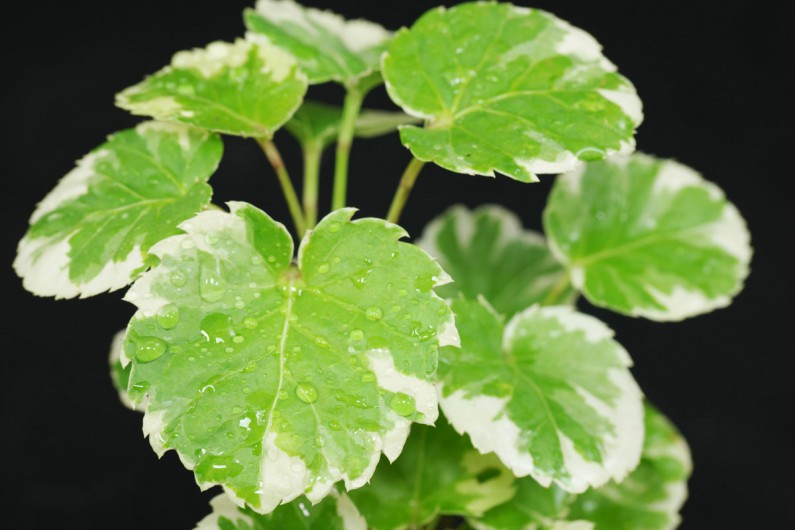
Image courtesy plantsam.com
The koppa plant is an evergreen shrub that has broad leaves with slightly serrated edges. When consuming the leaves of this plant, people need to be careful and make sure that it is the correct plant, as it is a plant species that belongs to the croton family and it is the only croton which is edible.
However, the leaves of the koppa shrub are packed with lots of vitamins like vitamin A and vitamin C, which improve eyesight and oral health. They are also rich in fibre, which is helpful in curing disorders in the intestines and the urinary tract, while their high concentration of iron helps to prevent anaemia.
Thebu – Crepe Ginger Or Spiral Ginger (Costus speciosus)
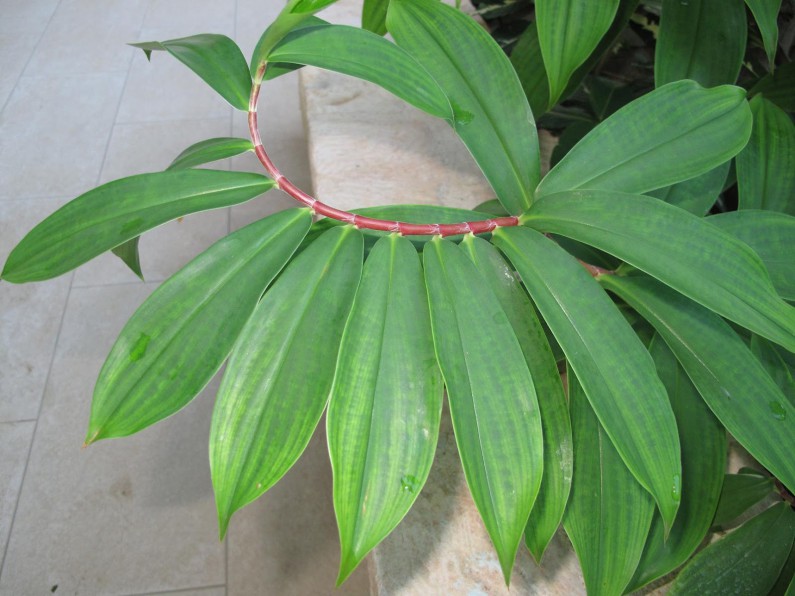
It may not look at all like gotukola, but thebu, too, can make a decent sambol. Image courtesy herbalplantslanka.blogspot.com
Thebu is a herb found in shady places in the low country. The leaves are supposedly rich in proteins, carbohydrates, fibre, and many vitamins and minerals. Thebu leaves contain the steroid diosgenin which helps to reduce blood sugar in diabetic patients. However, nutritionist Dela Bandara cautions that over-consumption of these leaves is harmful as it can drastically reduce blood-sugar levels.
He also pointed out that consuming these leaves can help avoid heart ailments and help digestion, as well as assist in curing skin ailments like rashes. Furthermore, these leaves can even stimulate the appetite and control phlegm and bile levels in the body. The tender leaves of the thebu plant can be mixed with cut red onions, green chillies, freshly grated coconut, salt and lime juice and made into a sambol, similar to the way gotukola is usually eaten.
Akkapana – Air Plant (Kalanchoe pinnata)
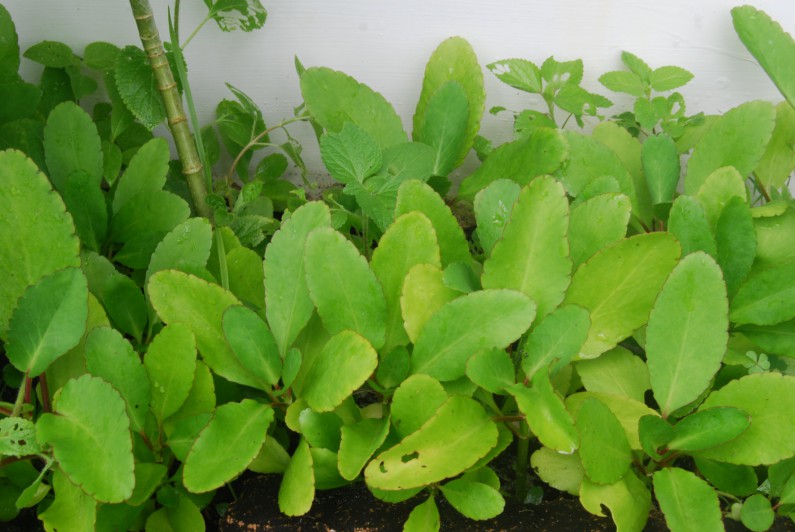
Akkapana is known to feature in ayurvedic remedies. Image courtesy etsy.com
This is a herb which has broad, oval-shaped and succulent leaves. Akkapana leaves are supposed to be good for the kidneys and are used in ayurvedic treatments for kidney disease, gallbladder stones, and for disorders of the urinary tract. The plant also contains a wide variety of nutrients such as flavonoids, glycosides, steroids, and organic acids. These leaves also help control blood pressure levels and acidity levels in the body. A sambol is the best dish to make with these leaves because cooking or even mildly heating might reduce their nutrient content.
Neeramulliya – Marsh Barbell (Hygrophila auriculata)
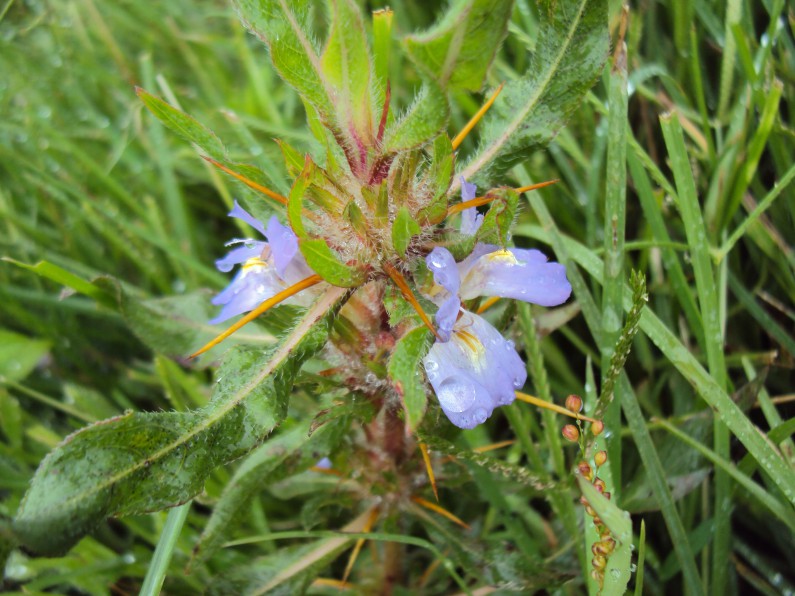
Neeramulliya, or marsh barbell. Image courtesy wikimedia.org
Neeramulliya is an evergreen shrub that grows in Sri Lanka and in India. In Sri Lanka, it can be found in wet or dry zones of the low country, growing near water bodies and in marshlands. The plant has small leaves and very thick stems. The leaves can help cure urinary tract infections, kidney stones, heart diseases, and rheumatism. However once again Dela Bandara cautions against consuming too much of these leaves on a daily basis; just like with the thebu leaves, consuming too much neeramulliya can drastically reduce blood-sugar levels.
Passion Fruit Leaves (Passiflora edulis)
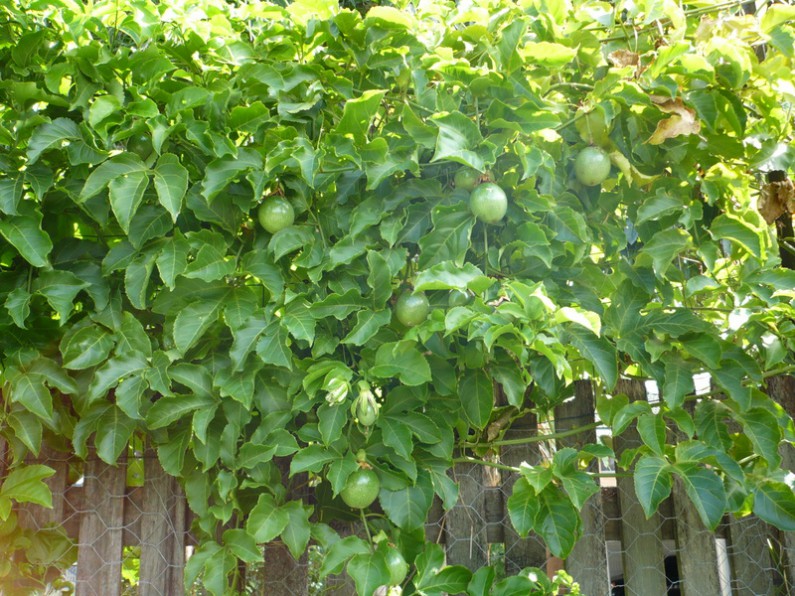
The leaves of the passion fruit tree are known to be rich in vitamins. Image courtesy daleysfruit.com.au
The leaves of the passion fruit creeper are a good source of vitamin C, vitamin A and niacin. Eating these leaves can help reduce or prevent high blood pressure, because of the presence of alkaloids in them. They can even relieve haemorrhoidal inflammations, headaches and various other pains.
The tender leaves of the Passion fruit creeper can be chopped up and made into a sambol, while the more mature leaves can be mixed with scraped coconut, chopped onions and green chillies, lime, and salt, and can be heated in a pan for a little while, to make a mallung. Passion fruit leaves can even be used with several other types of edible leaves to make a kalavang mallung or mixed mallung.
Genda – Purslane (Portulaca oleracea)
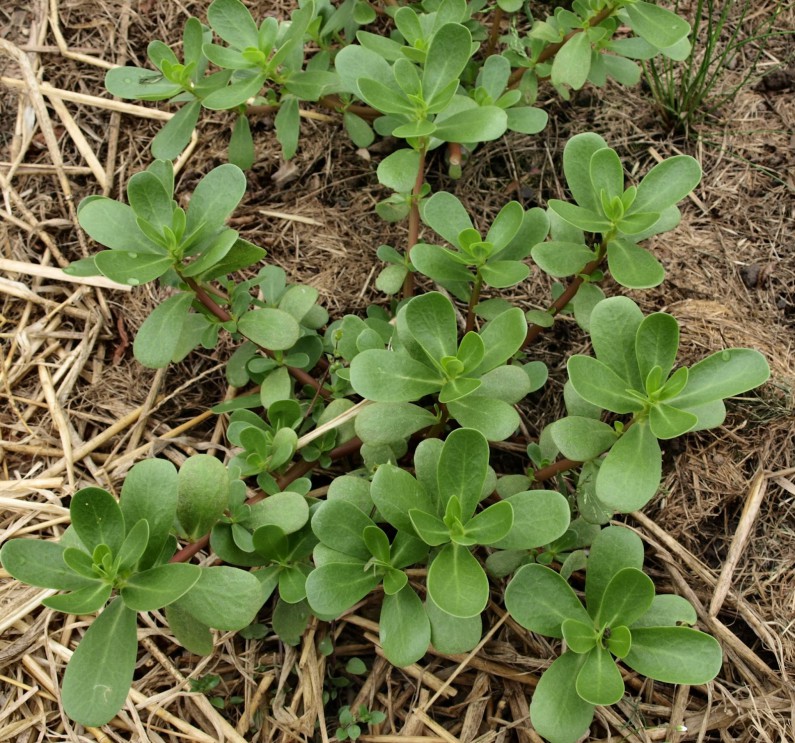
Genda contains high amounts of Vitamin A. Image courtesy rawedibleplants.blogspot.com
Genda is a plant with smooth, red-coloured stems and fleshy leaves. The leaves have a high content of dietary fibre, minerals and vitamins A, B and C. The genda leaves have a notably high content of vitamin A, when compared with other varieties of edible leaves. According to Dela Bandara, consuming these leaves is beneficial for the eyes and the skin, as well as for an effective immune system and for increased blood circulation.
Furthermore, these leaves contain more omega-3 fatty acids than any other type of edible leaves. This fatty acid can reduce the risk of coronary heart disease and strokes, and can even prevent the development of Attention Deficit Hyperactivity Disorder and Autism.
Japan Batu – Sweet Leaf (Sauropus androgynus)
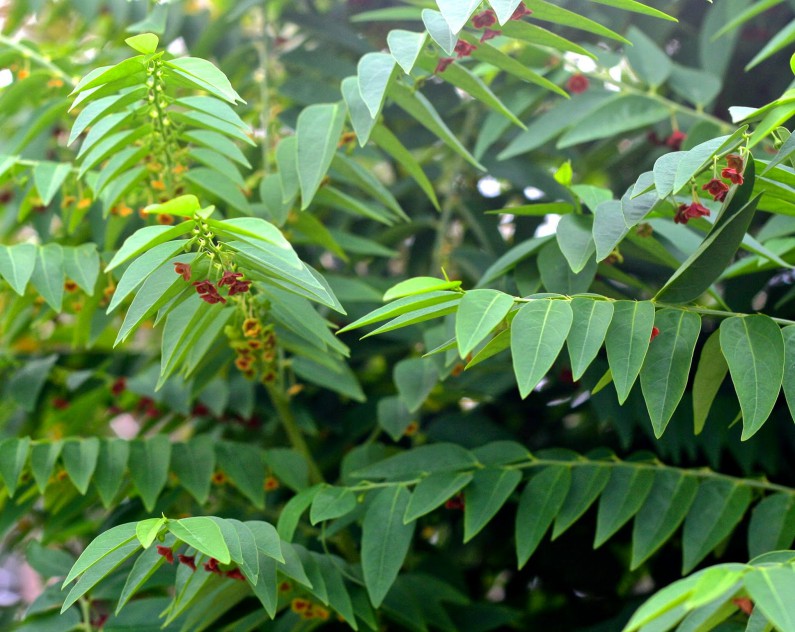
Sweet leaf, locally known as japan batu. Image courtesy sulcatagrove.blogspot.com
Sweet leaf, better known as japan batu, is a small woody plant with dark green leaves. The leaves feature frequently in weight-control diets because of their high content of vitamins and dietary protein. The nutrients that these leaves have to offer include provitamin A carotenoids, vitamins B, C, K and minerals such as potassium.
Thumba – Ceylon Slitwort (Leucas zeylanica)
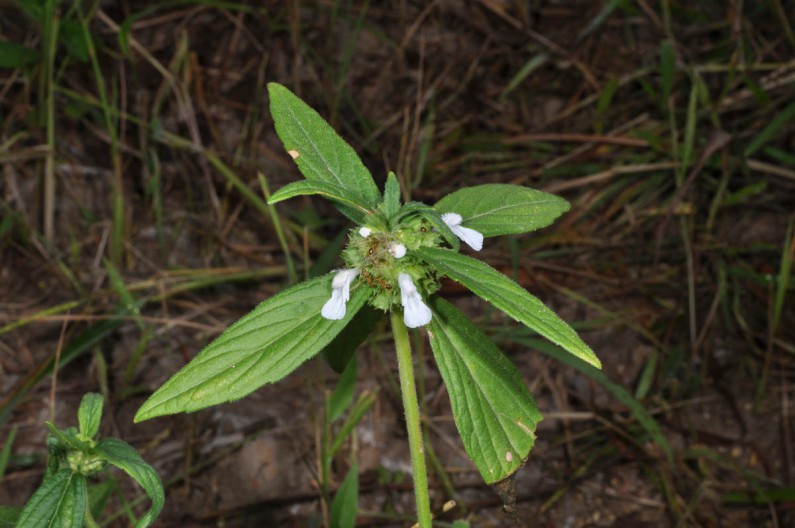
Thumba can help treat a number of illnesses. Image courtesy herbalplantslanka.blogspot.com
Thumba, also known as geta thumba in Sinhalese, is a small herb with long thin leaves that grows near paddy fields and grasslands. Dela Bandara said that consuming thumba leaves can prevent worm diseases and diseases related to the skin. He further added that ayurvedic medicines brewed from the leaves and even from the roots of the thumba plant are used to treat fever, indigestion, asthma, dysentery, and diseases of the liver.
Letta Kochchi – Bird Catchertree (Pisonia alba)
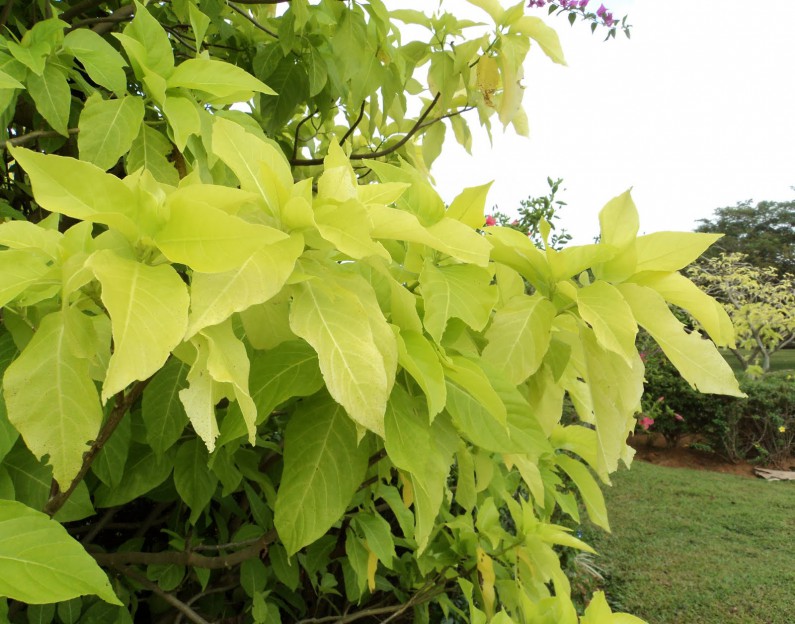
The leaves of the birdcatcher tree can be cooked and eaten. Image courtesy vrikshanurseries.blogspot.com
Letta kochchi is also called vata banga in Sinhalese and is a tree that can grow up to seven metres in height. This tree has leaves which are long, pointed, and of a pale green or light yellow colour. The tender leaves of this tree can be cooked and eaten by those who suffer from rheumatism. The leaves also reportedly have antidiabetic properties.
Unfortunately, most of us who live in and around urban areas have a tough time locating these greens, which grow quite abundantly in the rural areas. It’s a pity, because these leaves would certainly add more flavour and freshness to our rice and curries. Nevertheless, if you do enjoy eating healthy and organic food, it wouldn’t be a bad idea to get hold of some of these plants and cultivate them in home gardens.
Featured image courtesy food52.com

